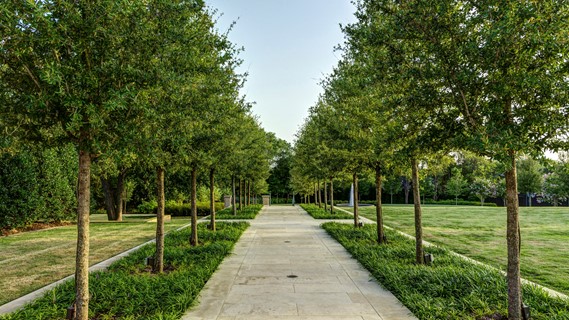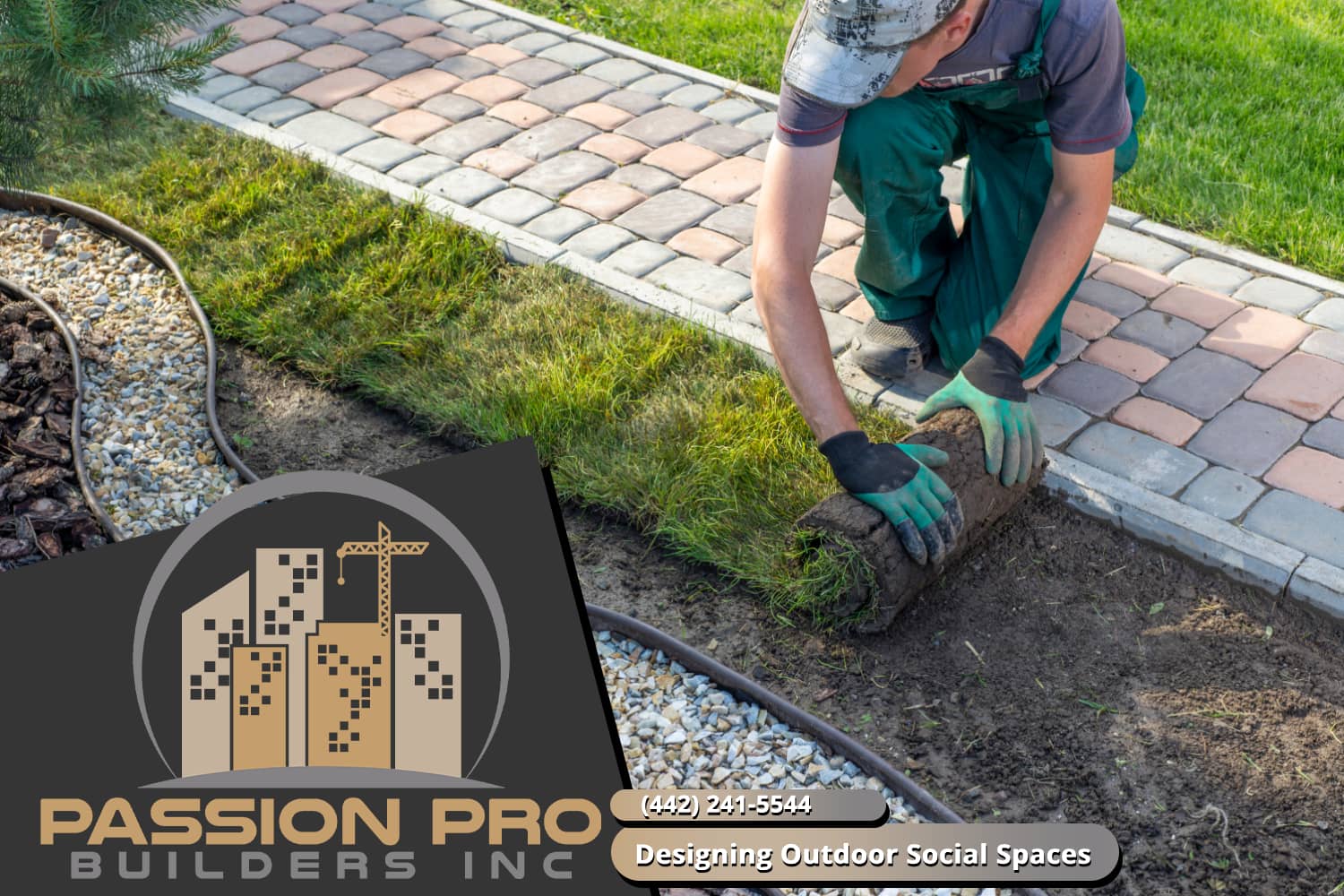Everything about Hilton Head Landscapes
Table of ContentsThe 5-Minute Rule for Hilton Head LandscapesFascination About Hilton Head LandscapesThe Basic Principles Of Hilton Head Landscapes Little Known Questions About Hilton Head Landscapes.Getting The Hilton Head Landscapes To Work10 Easy Facts About Hilton Head Landscapes ShownThe Only Guide to Hilton Head LandscapesThe Best Strategy To Use For Hilton Head Landscapes
Form compatibility is likewise a major element of unity in designone or two strikingly different types benefit comparison and focus, however usually all various other kinds need to have some resemblances for a linked look. Texture describes exactly how crude or great the surface area of the plant or hardscape material feels and/or looks.
Examples of plants with crude texture include philodendrons, agaves, bromeliads, hollies, hands, and hydrangeas. Hardscape with coarse structure consists of rough-cut stone, rough-finished block, and unfinished wood with knots and a raised grain. Aged or old building material that maintains a weather-beaten surface area is commonly coarse in structure. Features that develop great texture consist of little vegetation; slim, strappy leaves (turfs) or tall, slim stems; little, thick branches and small branches; long stems (vines); and small, delicate flowers.
The Definitive Guide for Hilton Head Landscapes
A lot of plants are moderate texture, in that they can not be described as having either coarse or fine structure. Medium-textured plants act as a history to link and merge the crude- and fine-textured plants.

To make an area feel smaller, put the coarse textures along the external perimeter and the great appearances closest to the viewer. The information of the rugged structure makes the plants show up closer and makes the room really feel smaller sized. The perceived structure of plants can additionally change with the distance from the plant.
Hilton Head Landscapes Can Be Fun For Anyone
Bold shades boost the comparison and make the texture appear coarser, while low-key shades can flatten appearance. Hardscape with a crude texturesuch as extremely rough rocks and vibrant, huge timberstends to make all plant material appear more moderate textured. Developers usually create a structure study (Figure 8) theoretically to help choose the arrangement of plant products.
Figure 8. Texture research. Color in plant product and hardscape adds interest and variety to the landscape. Shade is the most obvious element in the landscape and is usually the emphasis of most home owners; nevertheless, it is also one of the most short-term component, normally lasting just a few weeks a year for individual plants.
The Hilton Head Landscapes Ideas
A simple description of the color wheel includes the three primaries of red, blue, and yellow; the three additional shades (a mix of 2 primaries) of green, orange, and violet; and six tertiary colors (a mix of one adjacent primary and secondary color), such as red-orange. Color theory discusses the connection of colors to every other and exactly how they ought to be utilized in a structure.

Similar (sometimes called harmonious) color design are any kind of 3 to 5 shades that are surrounding on the shade wheel, such as red, red-orange, orange, yellow-orange, and yellow, or blue, blue-violet, and violet (bluffton landscaping). The shades relate per various other due to the fact that they typically include two primary colors mixed to form a secondary and two tertiary colors, which implies they share common residential properties
They often tend to have high comparison in between them. One of the most typical sets are violet and yellow, red and eco-friendly, and blue and orange. Complementary colors are frequently found naturally in blossoms; an usual set is yellow and violet. Color is found in the flowers, vegetation, bark, and fruit of plants.
The smart Trick of Hilton Head Landscapes That Nobody is Talking About
Green vegetation in all its different shades is the leading color by amount, but various other colors record attention much more readily due to the fact that of their high contrast to the shade eco-friendly. Shade is also located in buildings, rocks, pavers, timber, and furniture. A lot of colors in all-natural products, such as stone and timber, are normally muted and have a tendency to be variations of brown, tan, and light yellow.
Shades have residential or commercial properties that can impact emotions, spatial understanding, light high quality, balance, and emphasis. Awesome colors tend to be calming and ought to be used in areas for relaxation and serenity.
Facts About Hilton Head Landscapes Revealed
Awesome colors often this content tend to recede and are perceived as being further away, making a space really feel larger. Shade can also be made use of to catch focus and direct views.
Bright yellow, which has the greatest strength, also has a high contrast with all other colors (usually explained as a "pop" of shade) and need to be used sparingly. A percentage of intense color has as much visual weight as a large amount of a more suppressed or weaker color.
Comparable (sometimes called harmonious) color pattern are any three to five colors that are surrounding on the shade wheel, such as red, red-orange, orange, yellow-orange, and yellow, or blue, blue-violet, and violet. The colors are associated per various other because they normally consist of two primary colors blended to create a second and 2 tertiary colors, which implies they share typical homes.
Hilton Head Landscapes Can Be Fun For Everyone
They have a tendency to have high contrast between them. The most common collections are violet and yellow, red and environment-friendly, and blue and orange. Corresponding shades are typically discovered naturally in flowers; an usual set is yellow and violet. Color is found in the flowers, vegetation, bark, and fruit of plants.
Environment-friendly vegetation in all its various tones is the leading color by amount, yet other colors record interest quicker due to their high contrast to the color environment-friendly - Landscapers near me - https://www.figma.com/design/CqNShAPJ75DpMEeGt0LfQR/Untitled?t=lZt5bM9P0avBSZvk-1. Color is likewise found in structures, rocks, pavers, wood, and furnishings. Many colors in all-natural materials, such as rock and wood, are commonly soft and have a tendency to be variations of brown, tan, and light yellow
The Single Strategy To Use For Hilton Head Landscapes
Shades have residential or commercial properties that can impact emotions, spatial perception, light quality, balance, and emphasis. Cool colors tend to be relaxing and need to be made use of in locations for leisure and peacefulness.
The "temperature level" of shades can likewise affect the perception of range. Cool shades often tend to decline and are viewed as being farther away, making a space really feel bigger. Warm colors often tend to breakthrough and are viewed as being better, making a space really feel smaller sized. Color can also be made use of to catch interest and straight sights.
Intense yellow, which has the highest possible strength, also has a high contrast with all other colors (typically defined as a "pop" of shade) and need to be used moderately. A percentage of intense color has as much aesthetic weight as a large quantity of a more controlled or weaker color.